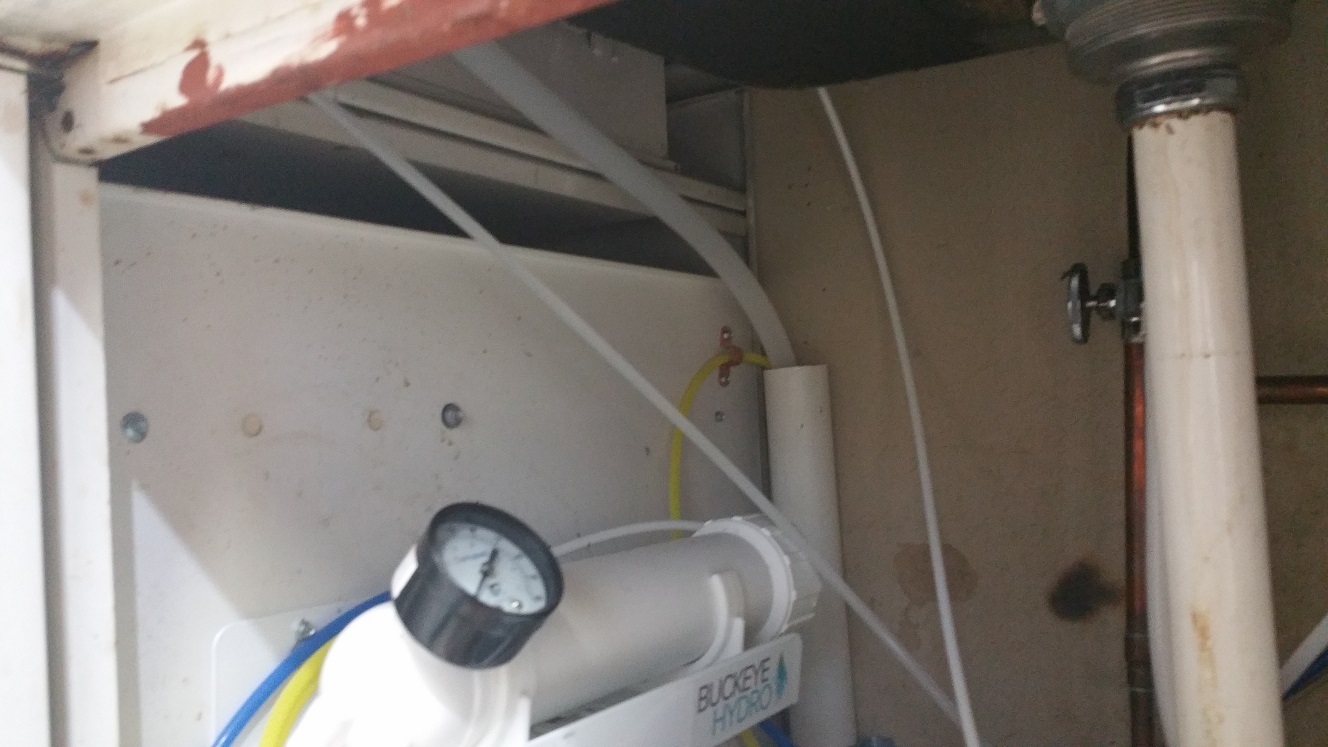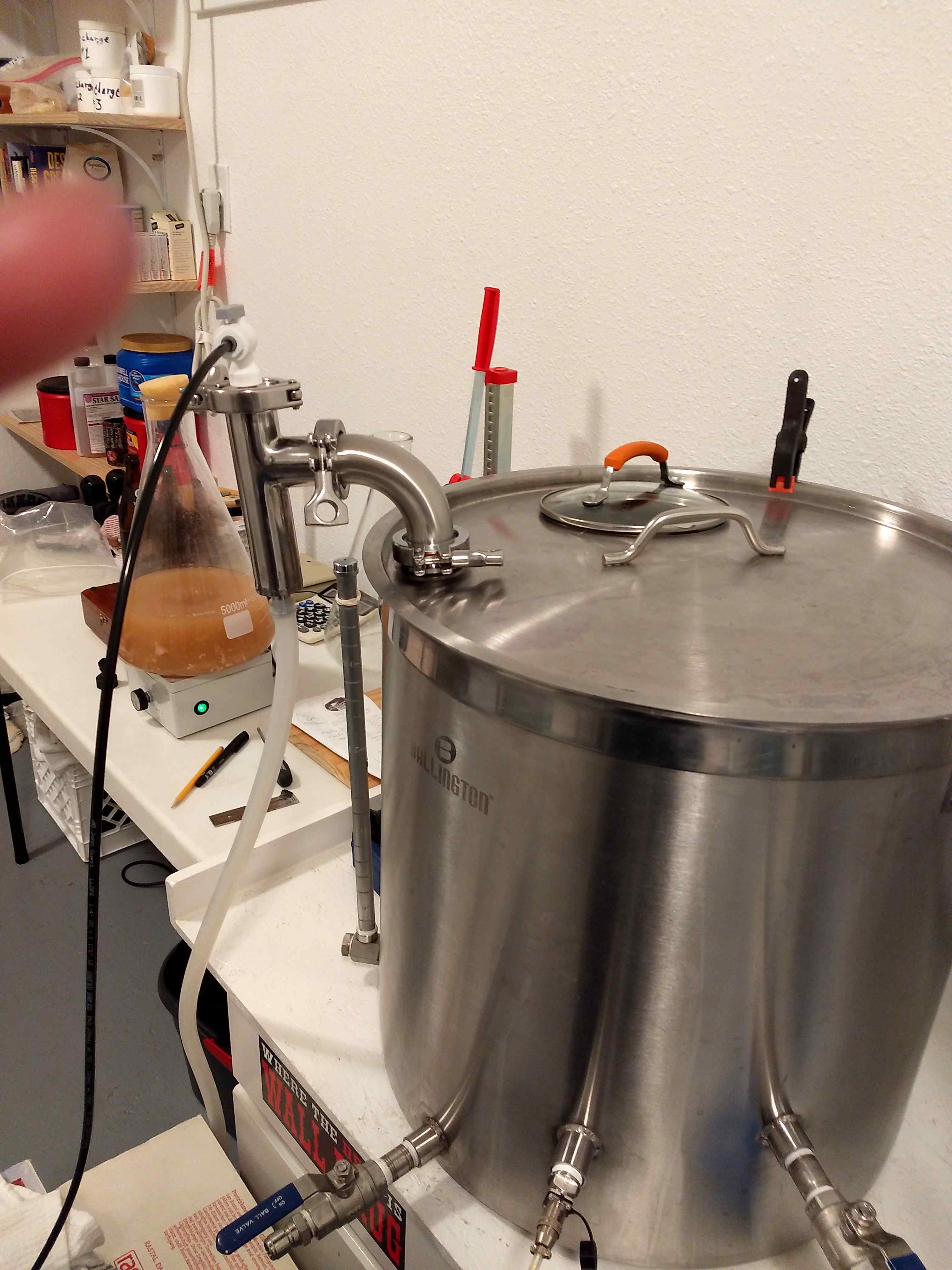I brewed today using the steam condenser, and had the same kind of smell. It did seem to be coming, at least in part, from under the sink where I drain it.[...]
Are you plumbed in above or below the P-trap?
Cheers!

I brewed today using the steam condenser, and had the same kind of smell. It did seem to be coming, at least in part, from under the sink where I drain it.[...]
Are you plumbed in above or below the P-trap?
Cheers!











Glad to hear others are experiencing the same odor issue. I felt like a outcast when I reported how bad it was.
I will sell my steam slayer to anyone that wants one. Only used once and based on how bad the odor was I’m not going to bother trying again because I can’t risk that again because of you-know-who.
I suggest you hang on to it, at least for a while. The combined brain power of this bunch will likely find three or four viable solutions very soon.Glad to hear others are experiencing the same odor issue. I felt like a outcast when I reported how bad it was.
I will sell my steam slayer to anyone that wants one. Only used once and based on how bad the odor was I’m not going to bother trying again because I can’t risk that again because of you-know-who.
Looking for the same answer. I took my crappy hood down but still have it. I was thinking of having a combo of a small portable fan blowing out the window and having the drain trickle through a bag of activated carbon to see if that helps. Really interested in anyone's solution to the odor...other than running the drain outside as that is not an option. I love the system but man it stunk up the house.
Above the p-trap; here's a pic showing the drain line entering the PVC drain pipe. You can't see the p-trap below. The thing that looks like a horizontal pipe coming off that is actually one of the filters for the RO filter and not part of the drain pipe.
View attachment 606086
I think I'd try adapting that riser to your condensate tube so it's tight. Looks like your RO effluent tube is there as well so that would need a saddle tap or equivalent into the same riser to make that work...
Cheers!
I'm kind of on the fence about getting one of these, how much you selling it for?Glad to hear others are experiencing the same odor issue. I felt like a outcast when I reported how bad it was.
I will sell my steam slayer to anyone that wants one. Only used once and based on how bad the odor was I’m not going to bother trying again because I can’t risk that again because of you-know-who.
I'm kind of on the fence about getting one of these, how much you selling it for?



Glad to hear others are experiencing the same odor issue. I felt like a outcast when I reported how bad it was.
I will sell my steam slayer to anyone that wants one. Only used once and based on how bad the odor was I’m not going to bother trying again because I can’t risk that again because of you-know-who.

I installed the SteamSlayer and brewed a Velvet Hammer clone. The SteamSlayer performed perfectly. I didn't notice any oder other than malt and hops. My evaporation rate was not as high as I first thought. I'll have to adjust my efficientcy. I almost forgot, I had to turn the power output from 96% to 63% to avoid a boil over.
View attachment 607074